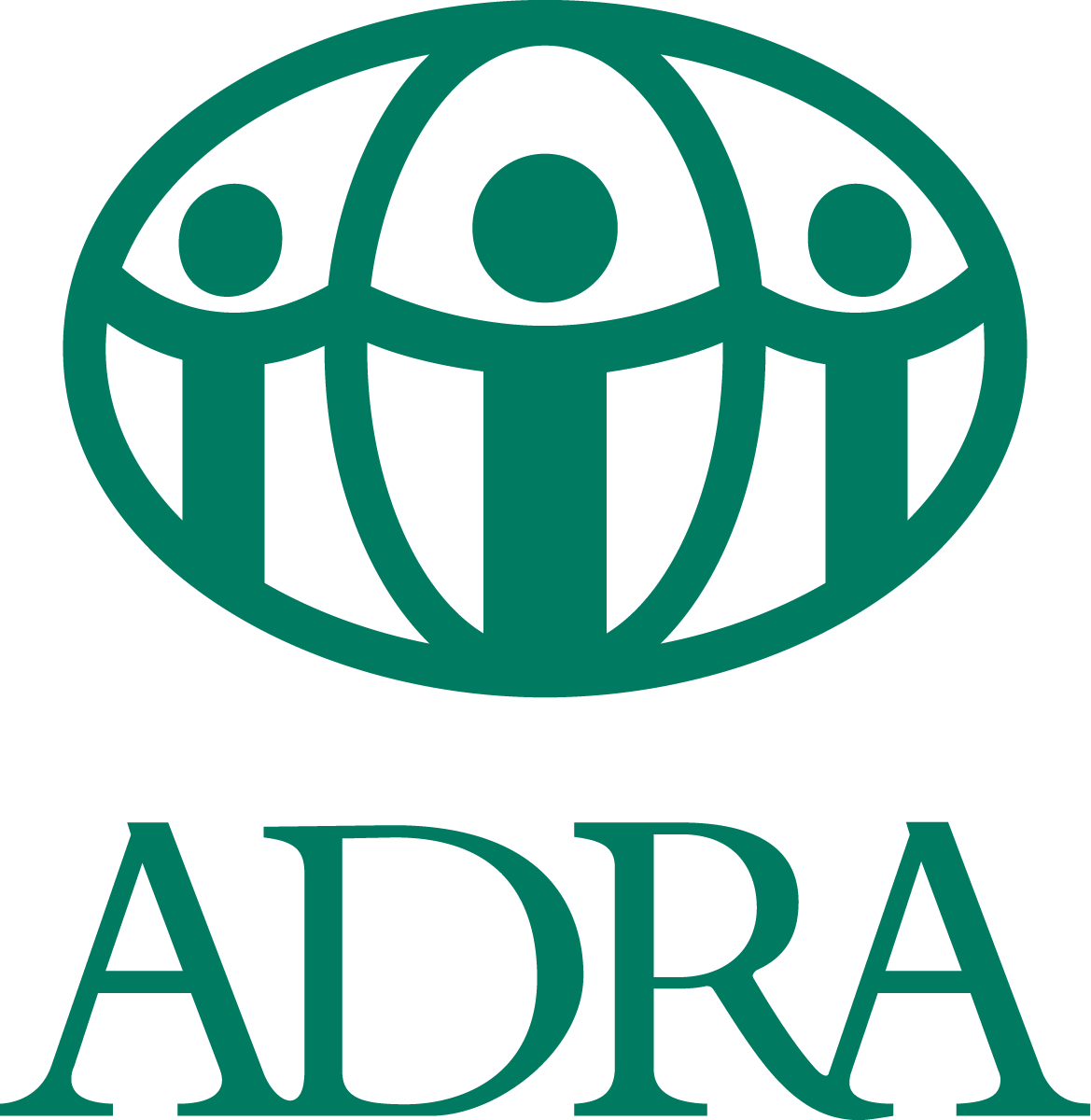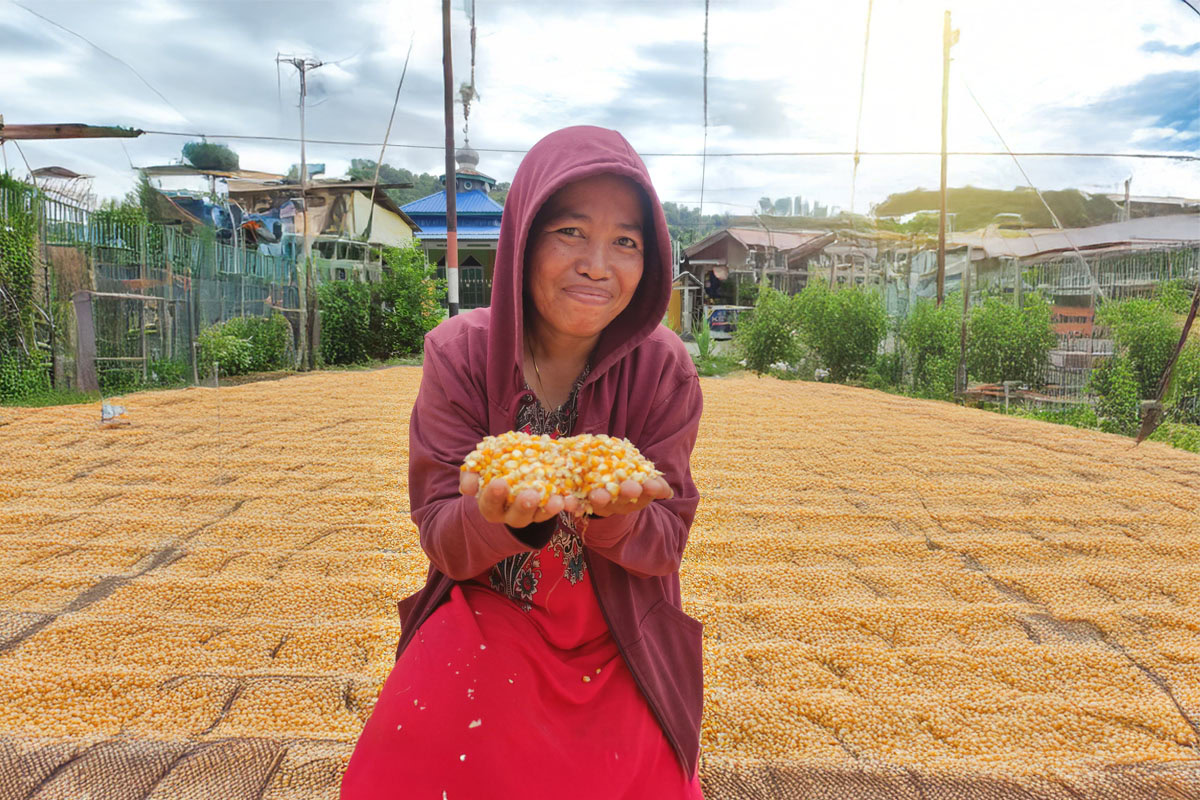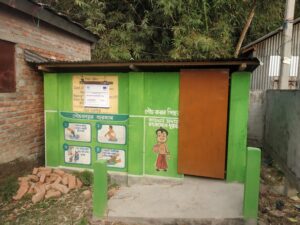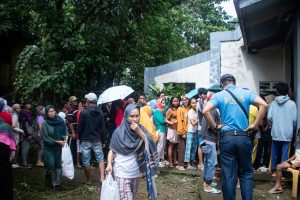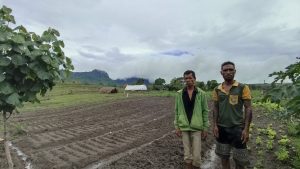Rosnawati, a 40-year-old mother and farmer from Omu Village, has always been dedicated to her family’s wellbeing. While taking care of the home, she also works side by side with her husband to cultivate a 1-hectare corn field—their only and most important source of income.
Like many families in their rural community, their life has revolved around the corn harvest. For years, they relied on whatever methods were common among neighboring farmers, planting season after season but seeing little return for their hard work.
“For me, growing corn was just a routine,” Rosnawati recalled. “I didn’t think much about the kind of seeds I used. I always chose what was cheapest. I didn’t know about fertilizing more than once, or what plant spacing even meant. If I planted 9 kilos of seed and got even one ton in return, I’d already feel lucky. Most of the time, we only harvested around 500 kilograms.”
The limitations weren’t just technical—they were generational. Farming was passed down through practice, not teaching. But that changed when Rosnawati learned about ADRA Indonesia’s REAF II project and joined the program.
Through seven field school sessions, she was introduced to Good Agricultural Practices (GAP)—modern and efficient ways of cultivating corn that prioritize soil health, seed quality, spacing, fertilization, and post-harvest care. It opened her eyes to just how many things she and her husband were doing out of habit, not out of knowledge.
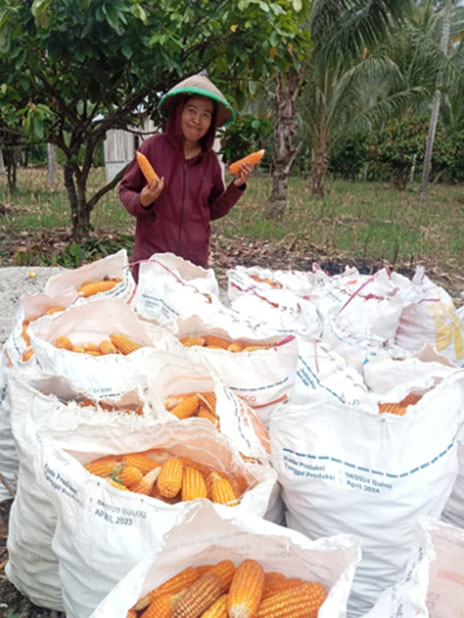

She corrected the plant spacing, adjusting to the 20:70 cm and 80:40 cm standards, which help crops grow without competing for nutrients. She also invested in better-quality seeds, choosing Pioneer 88 and NK 212—not because they were trendy, but because she understood the science behind their performance.
“At first, I hesitated. The good seeds cost more. But I’ve come to see that it’s better to plant fewer high-quality seeds than a lot of cheap ones that don’t grow well.”
She also began fertilizing twice per season, something she had never done before, and started pruning the lower leaves of her corn plants—allowing more sunlight and airflow, reducing disease risk, and boosting growth.
“My recent harvest yielded 2 tons from the same 9 kilograms of seeds. We’ve never reached that level before. It’s still below the national standard, but for us, this is a breakthrough.”
That harvest wasn’t just about numbers—it meant more food security, more income, and more hope. It proved that with knowledge and support, small changes can bring big results.
Today, Rosnawati feels more confident as a farmer and more optimistic as a mother and wife. She and her husband are making plans to continue improving their practices—choosing seeds more wisely, applying organic compost or manure before planting, and staying committed to what they’ve learned.
“Since ADRA came to Omu Village, we farmers have gained a deeper understanding of how to care for our land and crops. Before, we didn’t know how. Now, we do—and we’re motivated to do even better.”
She also expressed heartfelt gratitude to ADRA Indonesia, with hopes that the support will continue—not just for her, but for the whole village.
Through stories like Rosnawati’s, it’s clear that ADRA is creating more than just improved harvests — we’re creating lasting impact. By empowering farmers with knowledge, building confidence, and strengthening families’ livelihoods, ADRA is helping communities move from survival to sustainability. One field, one family, one future at a time.
